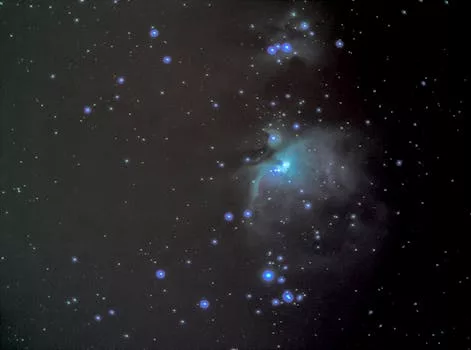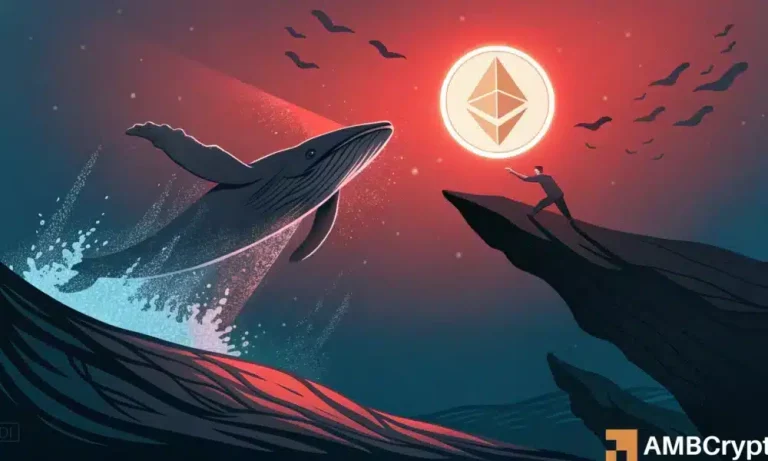
“
Introduction to the Cosmos: From Stardust to Dreams
From Stardust to Dreams: Imagining Life Beyond the Stars is an intriguing concept that has captivated human imagination for centuries. As we continue to explore the vast expanse of the universe, we are reminded of the infinite possibilities that lie beyond our planet. The idea that we are all made of stardust, that our bodies contain elements created within the heart of stars, is a profound one. It sparks our curiosity and encourages us to dream about what other secrets the universe holds. For a deeper dive into this theme, check out Galaxies of Dreams: How Imagination Transcends the Night Sky.
The Formation of Stars and the Creation of Stardust
Stars are born from giant molecular clouds that collapse under their own gravity. As they spin faster and faster, they begin to heat up, eventually igniting nuclear fusion in their cores. This process releases an enormous amount of energy, lighting up the star and making it shine. Over time, stars like our Sun exhaust their fuel and expand into red giants, fusing heavier elements like carbon, nitrogen, and oxygen. These elements, along with others, are dispersed into space when the star dies, either by exploding as a supernova or shedding its outer layers as a planetary nebula. This stardust, rich in heavy elements, is the material from which new stars, planets, and life can form. For more on the wonders of the cosmos, you might enjoy Beyond the Milky Way: Imagining New Worlds and Possibilities.
The Building Blocks of Life Beyond the Stars
The concept of life beyond our planet is deeply connected to the stardust that seeds the universe with the building blocks of life. Amino acids, the precursors to proteins, and other complex organic molecules have been found in meteorites and in interstellar space. These discoveries suggest that the raw materials for life are widespread in the universe and could have been delivered to Earth on comets or meteorites, providing a possible explanation for how life first emerged on our planet. The existence of exoplanets, particularly those that orbit within the habitable zones of their stars, further supports the possibility of life beyond Earth. To explore more about the imaginative aspects of this search, consider reading Charting New Realms: The Journey of Imagination Beyond the Stars.
Imagining Life Beyond the Stars: The Power of Human Imagination
As we explore the universe, we are not just seeking answers about the physical world; we are also driven by our imagination and curiosity about what could exist beyond our current understanding. Science fiction often explores these ideas, from distant civilizations to forms of life that defy our current definitions. The search for extraterrestrial intelligence (SETI) is a more systematic approach, using radio telescopes and other methods to search for signals from other civilizations. Whether or not we find definitive evidence of extraterrestrial life, the act of imagining and searching pushes the boundaries of human knowledge and innovation.
Takeaways: The Cosmic Perspective and Human Dreams
- The universe is vast, with billions of galaxies, each containing billions of stars, many of which could harbor planets capable of supporting life.
- The elements necessary for life as we know it are created and dispersed by stars, connecting us all to the cosmos.
- Imagination and the search for life beyond Earth drive human innovation and our quest for understanding the universe and our place within it.
- The possibility of life existing elsewhere in the universe, whether similar to or vastly different from ours, inspires new generations of scientists, writers, and dreamers.





